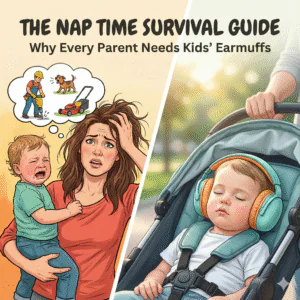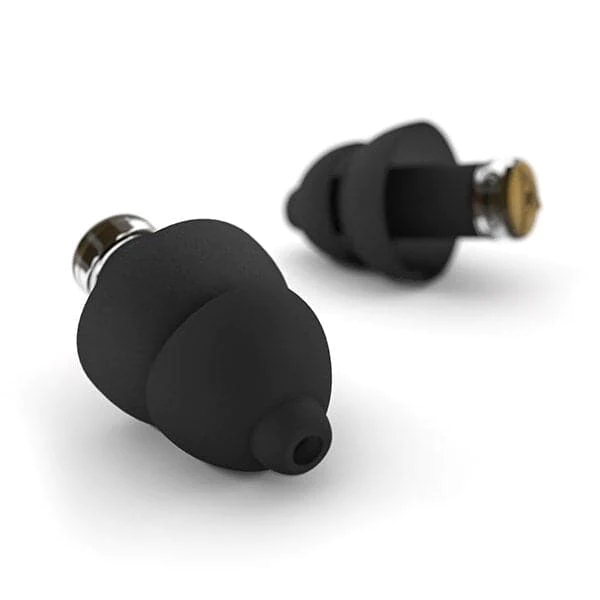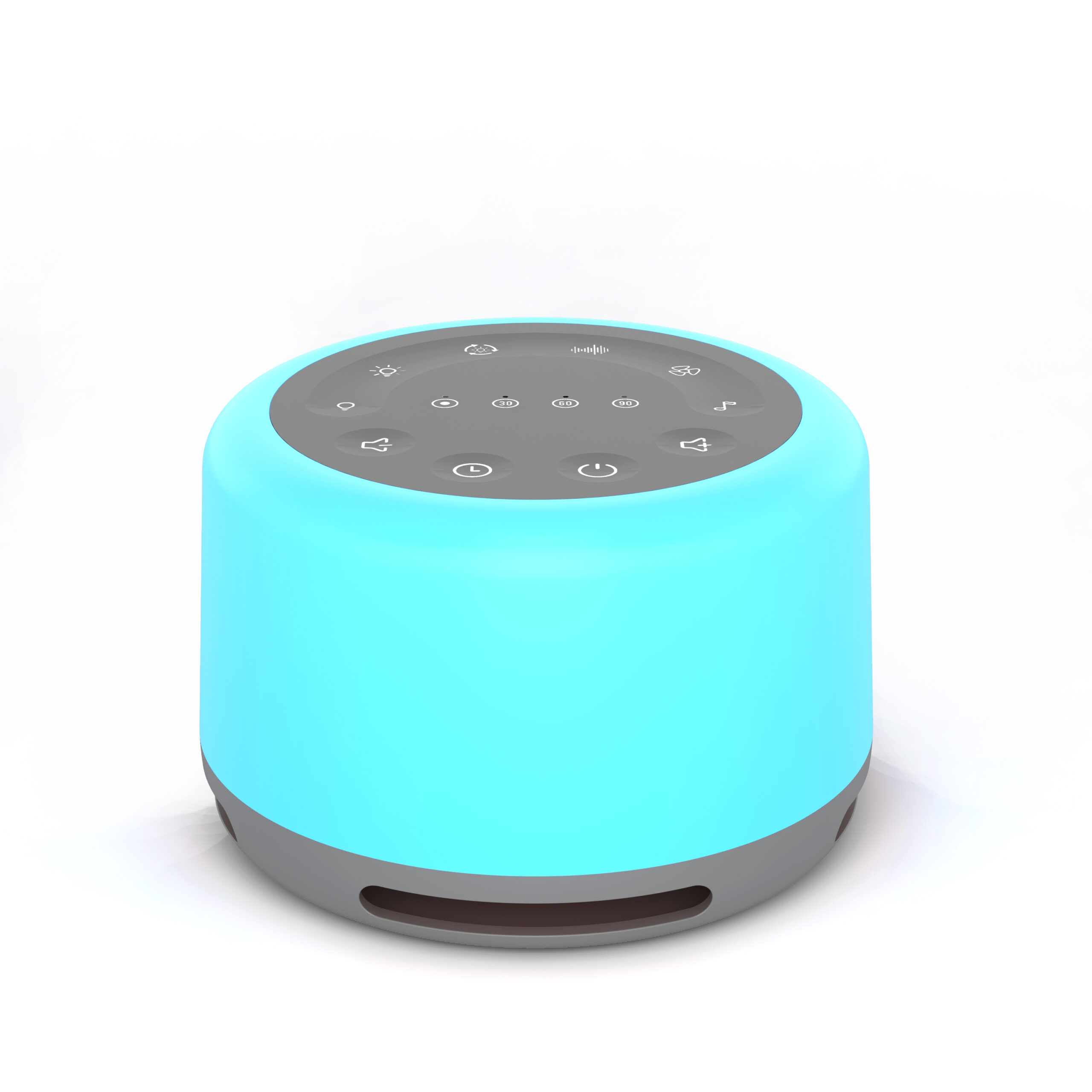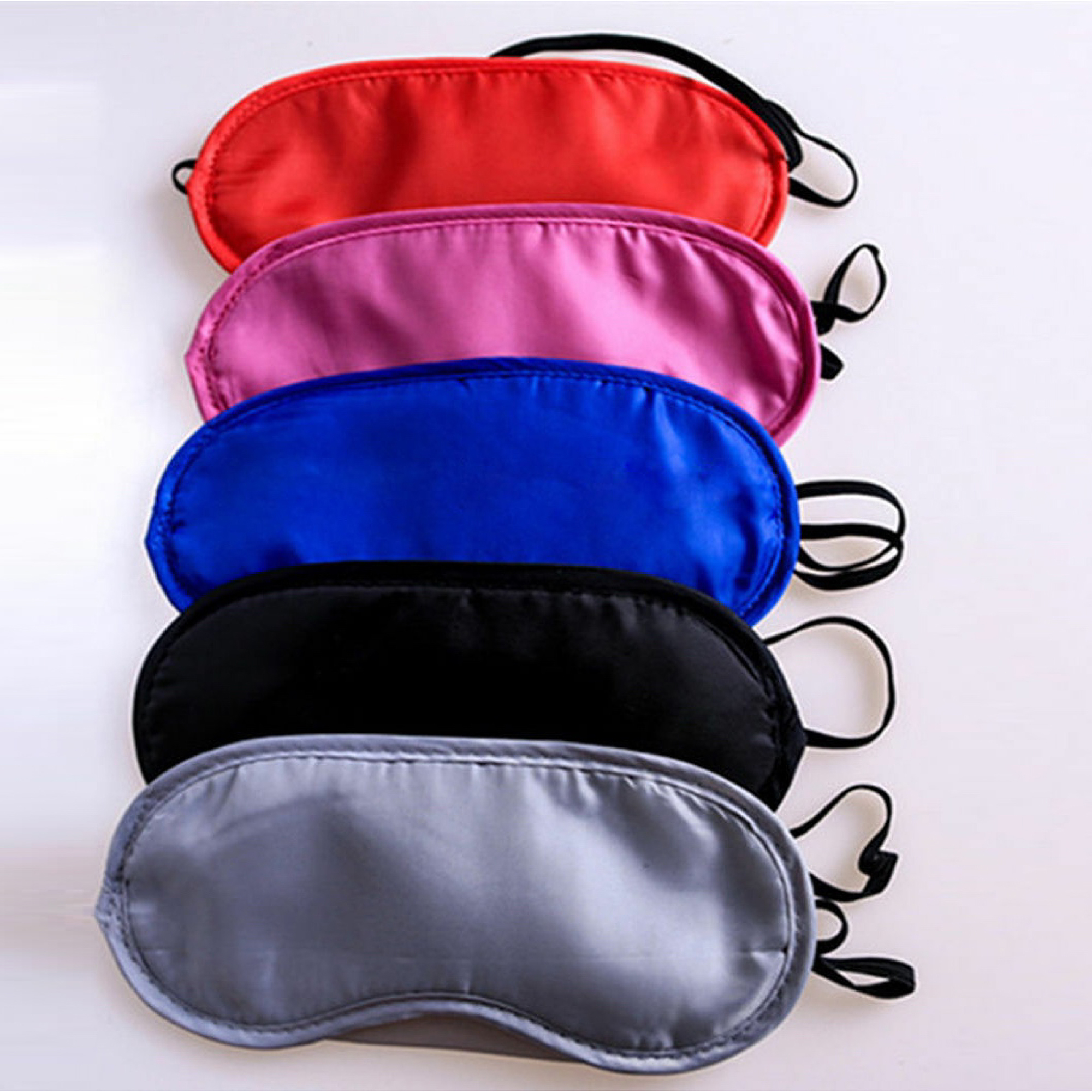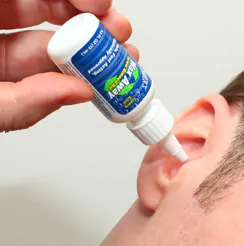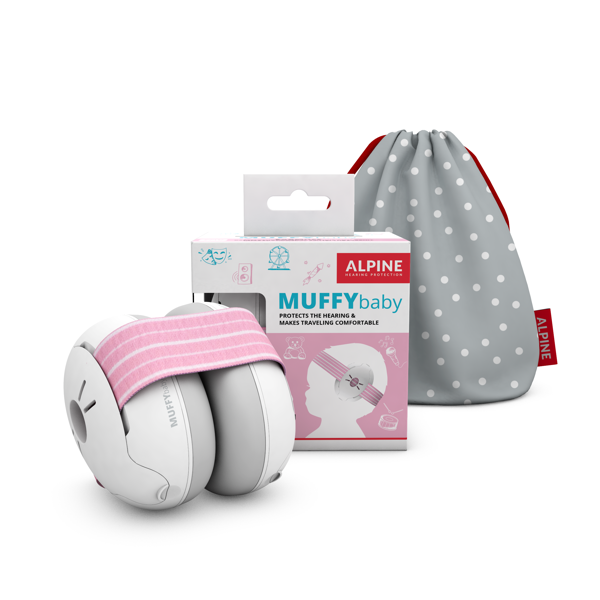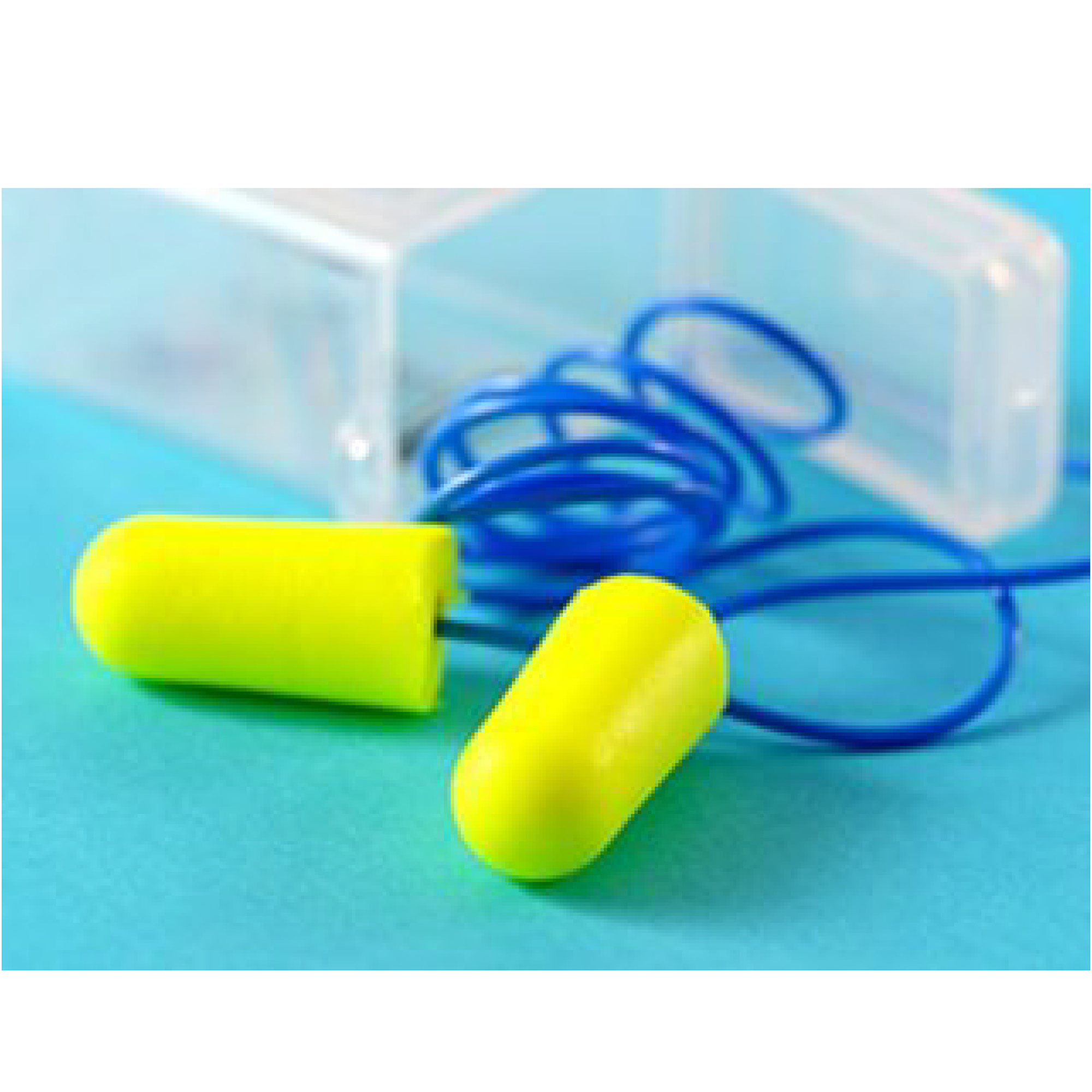Blog
What is a Decibel, and How is it Measured?
- TAM SPARKES
Table of Contents
Sound plays a huge role in our daily lives—from the gentle hum of nature to the bustling noise of a city. But when sound becomes too loud, it can harm our hearing. That’s why understanding decibels (dB), the unit used to measure sound, is essential, especially when choosing products like earplugs for sleeping, muffs ear protection, Bluetooth earmuffs, or infant earmuffs.
In this article, we’ll break down what decibels are, how they’re measured, and why protecting your ears from excessive noise is so important.
What is a Decibel?
A decibel is a unit of measurement used to express sound intensity. The term might seem technical, but the concept is simple: it helps us quantify how loud a sound is.
One key feature of decibels is that they’re measured on a logarithmic scale. This means that a small increase in decibels can represent a significant jump in sound intensity. For example, a 10 dB increase doesn’t just make a sound slightly louder—it doubles the perceived loudness!
Here’s how different decibel levels compare:
– 0 dB: The softest sound a human ear can detect, such as the rustling of leaves.
– 30 dB: A quiet whisper or the sound of a library.
– 60 dB: Normal conversation at arm’s length.
– 85 dB and above: Sounds in this range, like traffic or a noisy restaurant, can harm your hearing over time.
– 120 dB and higher: Immediate exposure to sounds this loud, such as a jet engine or fireworks, can cause pain or permanent damage.
Understanding these levels is crucial for making informed decisions about when and how to protect your ears.
How are Decibels Measured?
Decibels measure sound pressure levels (SPL), which are essentially the force of sound waves hitting your eardrum. To make sense of this, scientists use a reference point—typically the quietest sound a human can hear—to compare all other sounds.
Here’s how the process works:
1. Reference Sound Pressure (0 dB)
The threshold of hearing, or 0 dB, represents the faintest sound most humans can detect. This is equal to a sound pressure of 20 micro pascals (µPa).
2. Sound Level Meters
Sound level meters are devices used to measure noise levels. They calculate the sound pressure and convert it into decibels.
3. Logarithmic Scale
The logarithmic nature of the decibel scale makes it easier to express the vast range of sounds we hear. For instance, a noise measured at 90 dB is not twice as loud as 45 dB—it’s exponentially louder.
4. A-Weighting (dBA)
Since the human ear doesn’t perceive all frequencies equally, decibel measurements often use an A-weighting filter (dBA). This filter emphasizes the frequencies most sensitive to human hearing, providing a more accurate representation of how loud a sound feels to us.
Why Decibels Matter in Daily Life
We encounter a wide range of decibel levels every day, often without realizing it. While some sounds are harmless, prolonged exposure to higher levels can cause noise-induced hearing loss (NIHL).
For example:
– Everyday sounds like normal conversation (60 dB) are harmless.
– Listening to music on headphones at full volume (100+ dB) for long periods can damage your hearing.
– Attending a concert (110-120 dB) without protection can result in temporary or permanent hearing loss.
That’s why using the right ear protection—such as muffs ear protection, infant earmuffs, or Bluetooth earmuffs—is crucial in noisy environments.
How to Protect Your Ears from High Decibel Levels
Prolonged exposure to noise over 85 dB can be harmful, but the good news is that there are simple ways to protect your hearing.
1. Use Ear Protection
– Earplugs for Sleeping: These are perfect for blocking out snoring, traffic, or other night time noise to ensure you get restful sleep.
– Muffs Ear Protection: Ideal for reducing loud workplace or outdoor noise, such as at construction sites or during lawn mowing.
– Infant Earmuffs: Designed specifically for babies and toddlers, these earmuffs protect delicate ears from loud events like festivals or sports games.
– Bluetooth Earmuffs: A versatile option that combines noise reduction with the ability to listen to music or take calls wirelessly.
2. Monitor Noise Levels
Smartphone apps or sound level meters can help you measure the noise around you. This way, you’ll know when it’s time to put on ear protection.
3. Take Breaks from Noise
If you’re in a loud environment, step away for a few minutes to give your ears a rest.
4. Reduce Volume
When using headphones, keep the volume at a safe level (below 85 dB) and limit listening time.
Why Choose the Right Products?
Using high-quality ear protection not only safeguards your hearing but also enhances comfort and convenience. Here’s how different products meet specific needs:
– Earplugs for Sleeping: Lightweight and easy to use, they’re perfect for light sleepers or frequent travellers.
– Muffs Ear Protection: Durable and effective, they’re great for heavy-duty noise reduction.
– Infant Earmuffs: A must-have for parents who want to shield their little ones from loud environments.
– Bluetooth Earmuffs: A tech-savvy choice for combining noise protection with entertainment.
Final Thoughts
Decibels are a simple yet powerful way to understand the intensity of sound. By recognizing the risks of prolonged noise exposure and using appropriate ear protection, you can prevent hearing damage and enjoy life’s sounds safely.
Whether you’re at a concert, working in a noisy environment, or trying to get a good night’s sleep, products like earplugs for sleeping, muffs ear protection, and infant earmuffs make all the difference. Take care of your ears—they’re with you for life!
